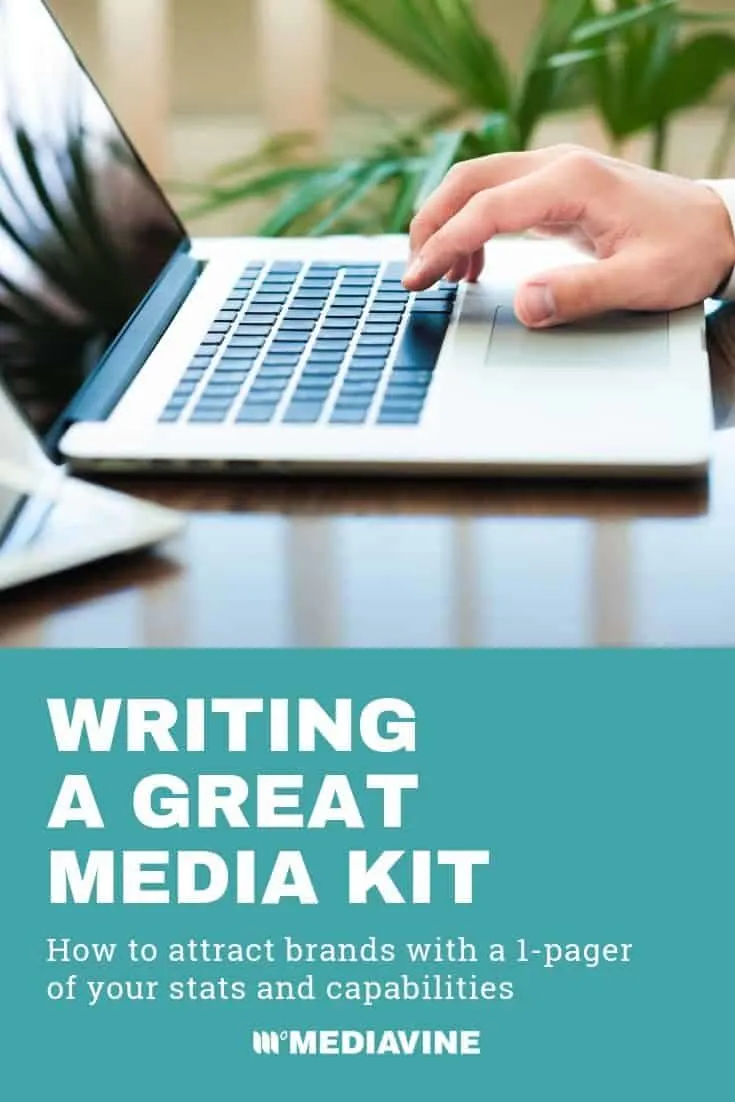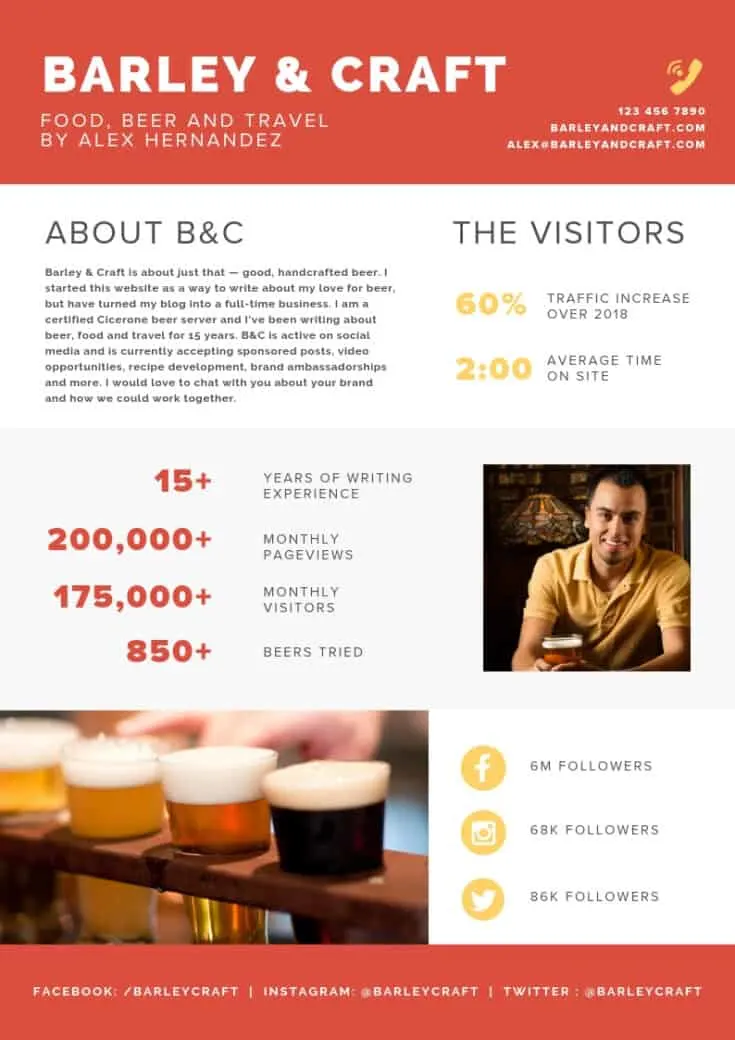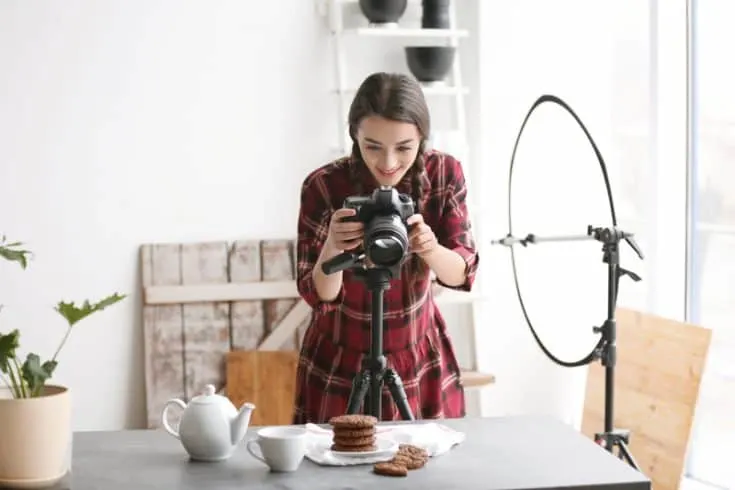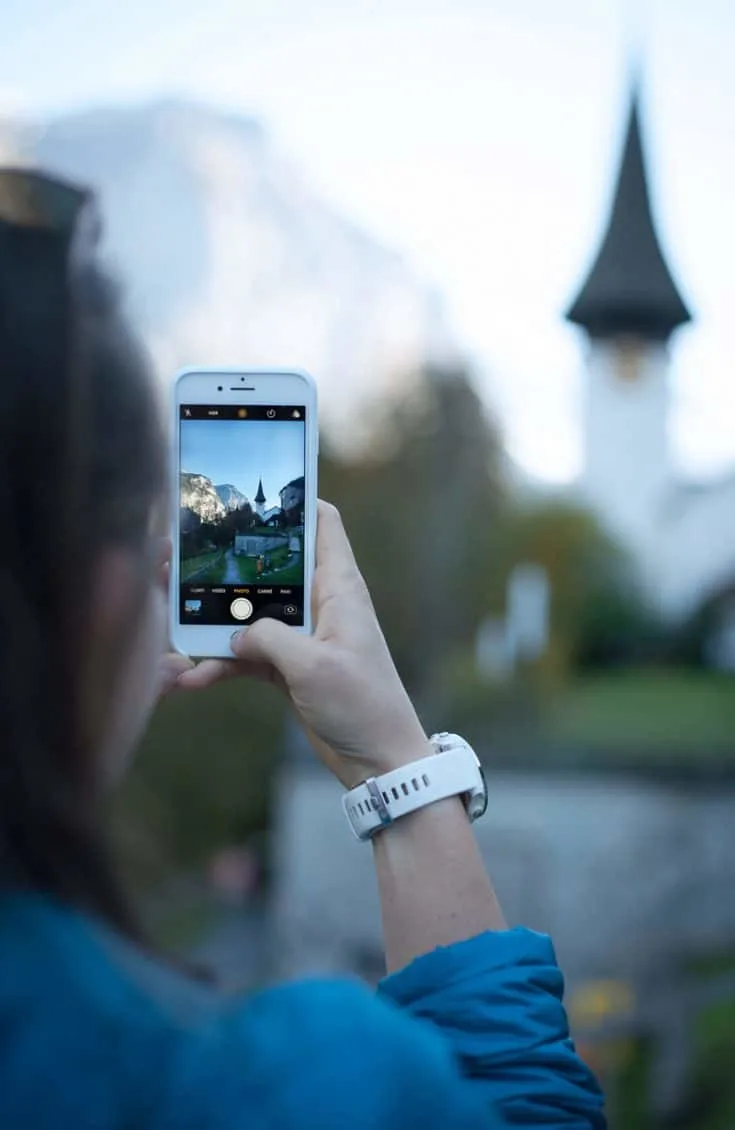Media Kits 101


I think every blogger has experienced the following:
Brand rep: Can you send me your media kit?
You: Of course!
Also you, internally: Oh crap, I need to make a media kit.

Cue the panic. How do you make a media kit that a brand will read? What information do you provide? How long should it be?
Wonder no longer. Jenny and I have received a number of questions about this very topic and touched on it briefly in our session about how to pitch brands, and so we decided it was high time to discuss it fully in a blog post!
And since some of us are more visual learners who like to see examples, we have created a sample media kit that you can view.
Consider it a guide to help you as you create your own!

The most obvious answer: because brands want it.
I talk about this a lot: brand reps are busy people. They’re also just a teensy bit lazy (aren’t we all??) and don’t want to have to go searching around for your stats. Having everything available to them in one place simplifies things for them.

Are you ready for this?
One page.
Maybe two, if you absolutely must.
Yeah, I said it. One page! Any longer than that, and you run the risk of losing their interest.
Now, let me be clear: There are absolutely circumstances that merit a longer deck. Actual proposals, for example.
But in this case, we are talking about the document you send to share with brands when they want to know your stats and general capabilities. That should be short and sweet.

Clickable links!! This gets double exclamation points because I feel REALLY STRONGLY ABOUT IT.
I cannot tell you how many times I have received a media kit, only to not have a way to easily click over to the website.
Remember how I said we should try to make things as easy for brands as possible? Make it so easy to view your website and social platforms that they’d be a fool not to work with you.
Email address/contact info: Similarly, I’ve seen far too many media kits that don’t have any contact information on them.
Even though you have likely sent the kit to the rep in an email, they may save media kits in a location outside of their inbox. Don’t assume that the document will always stay in their email; make sure they know how to contact you if they want to work with you later.
Stats: This is the obvious one. But what stats should you include?
I always recommend using unique monthly visitors as your go-to website stat. Brands usually want to know how many individual sets of eyeballs will be on their content, so it is the most useful stat for them.
And of course your social media followings. Yes, they could click through your links to see those, but again: make it super easy for them to see everything at a glance.

Something that sets you apart: What makes you and your audience special? What can you provide a brand that someone else cannot?
Some ideas include (but are not limited to):
Page views: Do you have a really high ratio of page views to unique visitors, indicating that your readers come back again and again to your content? Point that out! That’s valuable loyalty, right there.
Time on page: Do you have a really high average time on page because readers really interact with/engage with your content? A brand would love to know that.
SEO prowess: Are you an SEO master whose posts always end up ranking really well? That can tell a brand that their content is sure to be seen when users Google the post keywords.
High social engagement: Do you get tons of messages, comments and engagement on one particular social platform? Call that out! They might want to do extra content there.
Optional: Capabilities: If you have room, you may also want to include a quick list of your capabilities. You don’t need to go in-depth on these, a simple list will do.
Don’t feel like your capabilities have to relate solely to your site or social platforms. Think of other freelance work you’d enjoy doing and are qualified for: writing, recipe/DIY development, photography, video work, etc.
I recommend this because it can spark other ideas for a brand. Maybe they don’t have the budget for influencer posts right now, but they are looking for someone to do recipe development and photography for them. Seeing that you are willing to do that work could be a lifesaver for them!

Pricing!! I’m back with the double exclamation points because I think this is REALLY IMPORTANT!
Including pricing on your media kit is sure to come back to bite you, even if you don’t realize it. What if a brand sees your rates and is scared by them, not realizing that you’d be willing to negotiate a lower rate for an adjusted scope of work?
What if a brand sees your rates and had budgeted twice as much, but now only offers you what you listed because…well, who really wants to pay more than necessary for anything?
Leave the rates off. Start a conversation instead (remember the importance of communication in creating authentic sponsored content?). It will always lead to a better outcome for you in the end.
Jenny and I personally don’t recommend it. Make it clear you have one available, but don’t add it to the site. Why?
For one, you’re likely to forget to update it regularly. That can leave a brand seeing outdated stats without realizing it.
For two, it can give a brand the ability to bypass talking to you. Remember, we want to get them into a conversation. Them asking you for your kit can open that door to a productive conversation about what they’re looking to do, instead of nipping it in the bud from the start.
At the end of the day, media kits don’t have to be scary. They’re a helpful tool to facilitate conversations with brands – and after all, that’s what we really want. (And for more info on pitching sponsors, check out my episode of Teal Talk from fall 2018 on the Mediavine YouTube channel!)
Stay up to date with the latest from Mediavine
 Miranda Wicker
Miranda Wicker
Publishers spend time creating great content that keeps readers coming back, and we know that safeguarding that content and maintaining control over how it’s used are critical concerns in today’s …
 Eric Hochberger
Eric Hochberger
In a blog post last week, Google announced plans to launch generative AI into Search Labs with a new product called Search Generative Experience (SGE). What exactly is SGE, and …
Since ChatGPT’s release in November 2022, OpenAI’s prototype of generative AI — that is, artificial intelligence that can produce new content on demand — has dominated popular tech media. We’ve …